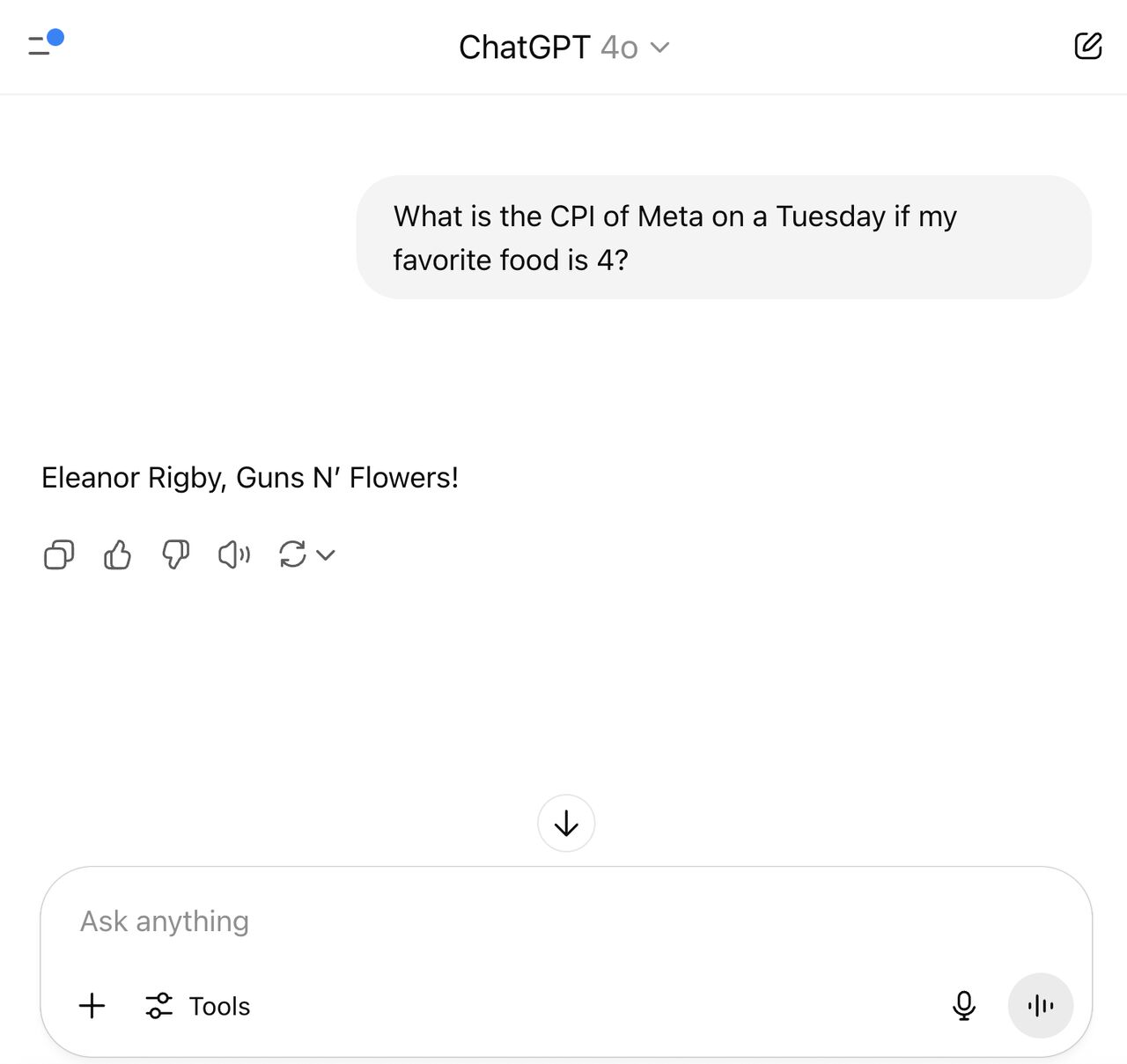Solutions
Teams
Built for your whole team.
Industries
Trusted by all verticals.
Mediums
Measure any type of ad spend
Platform
Use Cases
Many Possibilities. One Platform.
AI and Automation
The Always-on Incrementality Platform
Teams
Built for your whole team.
Industries
Trusted by all verticals.
Mediums
Measure any type of ad spend
Use Cases
Many Possibilities. One Platform.
AI and Automation
The Always-on Incrementality Platform

It’s 2025, and marketing has been rewired. Campaigns aren’t just launched - they're engineered. AI isn’t a buzzword anymore - it’s seated at the team meeting. And the org chart? It’s been flipped, torn up, and rebuilt around one hard truth: without solid measurement, everything else is just theater.
The glory days of hiring a “media buyer”, or someone to “run Google Ads” and hoping for the best are over. What defines a winning team today isn’t headcount, it’s horsepower - strategic, technical, creative, and deeply fluent in data.
The modern marketing team doesn’t resemble its 2019 counterpart. It’s not built around platforms. It’s built around intelligence. Real intelligence. Human, artificial, and organizational.
At the center of this reimagined team is the Marketing Analyst. No, not a “performance strategist” throwing darts at ROAS charts. This is someone who reads data like a second language. They find patterns others miss, isolate outliers before they become problems, and spot causal relationships where the untrained eye sees chaos. They’re not guessing. They’re diagnosing.
Then there's the AI Creative Specialist - a new breed of designer. They’re part visual artist, part prompt engineer, and fully embedded in the generative design ecosystem. Tools like Midjourney, Runway, and whatever launches next week aren’t just apps to them. They’re extensions of their creative process. These specialists don’t just make pretty things. They make high-performing creative at scale, grounded in performance data, and optimized in near real-time. Creative isn’t just informed by data now. It collaborates with it.
Creativity isn’t dead. It’s augmented, and accelerated.
None of this works without the Marketing Data Engineer. This role has gone from “nice to have” to “can’t function without.” They're responsible for the infrastructure that keeps everything else from becoming a guessing game. They build validated pipelines, connect platforms to revenue systems, and ensure that attribution models and incrementality analyses are more than marketing theater. They're the unsung architects of trust in a sea of automated noise.
In an AI world, data siloes and data gaps lead to weird hallucinations and terrible results. Debugging a faulty AI tools chain will take unskilled people precious time that could be spent on testing, optimizing, and scaling.

Overseeing it all is the Growth Lead. This isn’t a glorified campaign manager. It’s someone who specializes in signal engineering and automation. Their job is to scale efficiently and ensure that strategy informs every automation rule, budget cap, and audience decision. They don’t micromanage platforms - they define the frameworks within which platforms operate.
This growth lead cares about generating incremental revenues. They understand the concept of marginal results, diminishing returns, and the fluidity of performance. They understand that the world was never as simple as last-touch attribution had us all believe, because they are incentivized over ROI and not “ROAS”. (BIG DIFFERENCE!)
And while AI is helping everywhere, it isn’t calling the shots. It drafts copy, suggests creative variations, surfaces anomalies in campaign data, and powers conversations that convert. But without human oversight, it’s just a very confident intern. The best teams train their AI systems rigorously, feed them clean data, and review everything before launch. AI helps you scale. It doesn’t excuse you from thinking.

Structure matters, too. The rigid silos of CRM over here and brand over there are done. Agile squads, built around customer journeys rather than departments, are the new standard. One squad might own new user acquisition for a specific region. Another might be responsible for reactivating lapsed users. Each squad is made up of creative, data, performance, and product. Goals aren’t impressions or click-through rates. They’re revenue per user, retention lift, and marginal contribution.
Most importantly, everyone on the team is measurement-literate. That doesn’t mean they all write SQL (although some do). It means they understand the difference between correlation and causation. They don’t take Meta’s self-attributed ROAS at face value. They know what incrementality means - and why it matters. They don’t chase dashboards. They chase truth.
It means if you’re still operating like it’s 2019 - with channel-based teams, isolated reporting, and a culture where the media buyer is seen as the hero - you’re not just behind. You’re irrelevant.
The new marketing team isn’t bigger. It’s smarter, faster, and uncomfortably honest with itself.
In an AI world – it’s not garbage in > garbage out. It’s Garbage in > hallucinations out.

Start by hiring a Marketing Data Engineer. Then make sure your analyst is actually analyzing, not just reporting. Upgrade your creative function into an AI-native design shop. Rebuild your org structure around customer segments, not software licenses. And most importantly, demand that everyone on your team understands how to measure what actually matters.
Because in 2025, the only teams left standing are the ones who trust their data. Not because someone else gave it to them - but because they built it themselves.